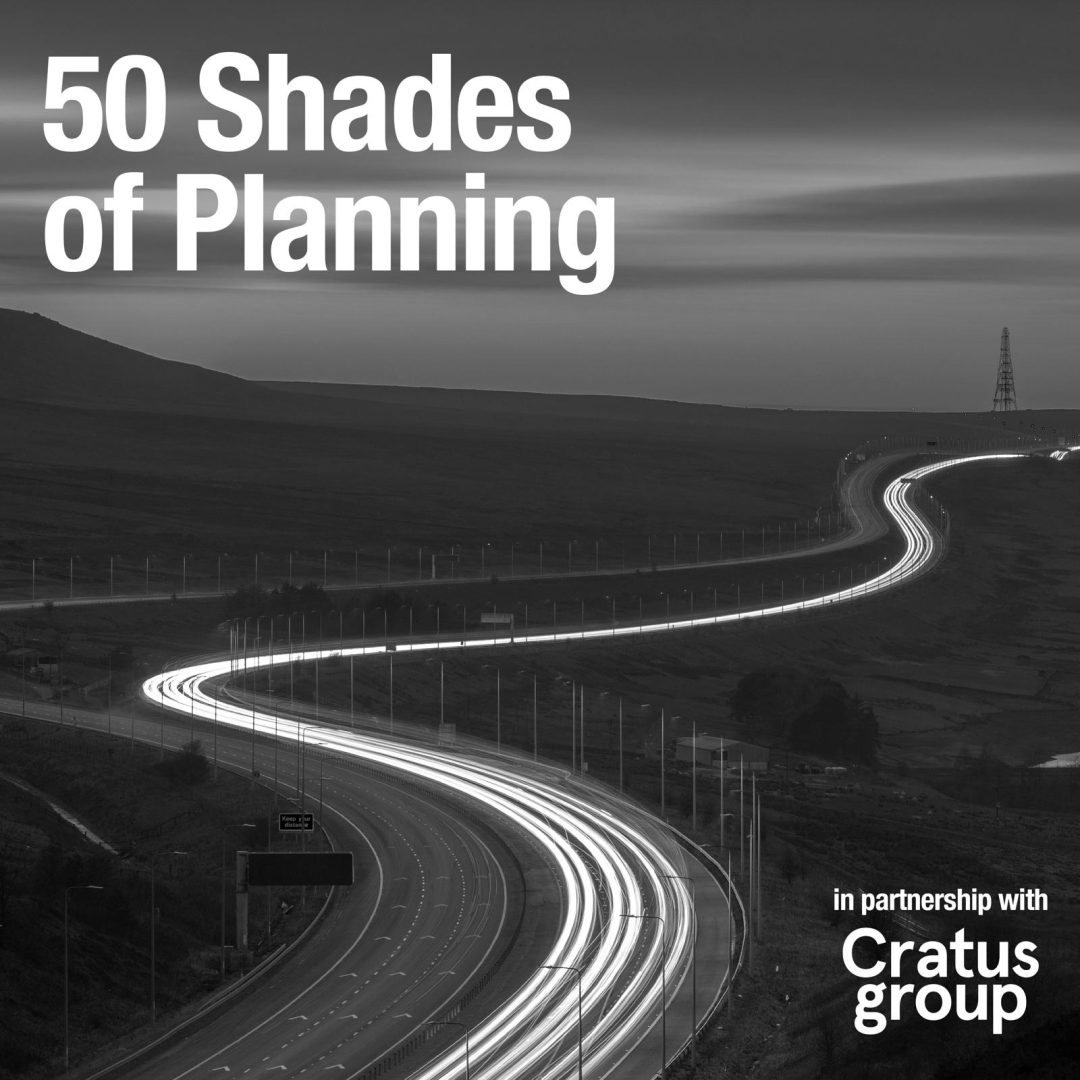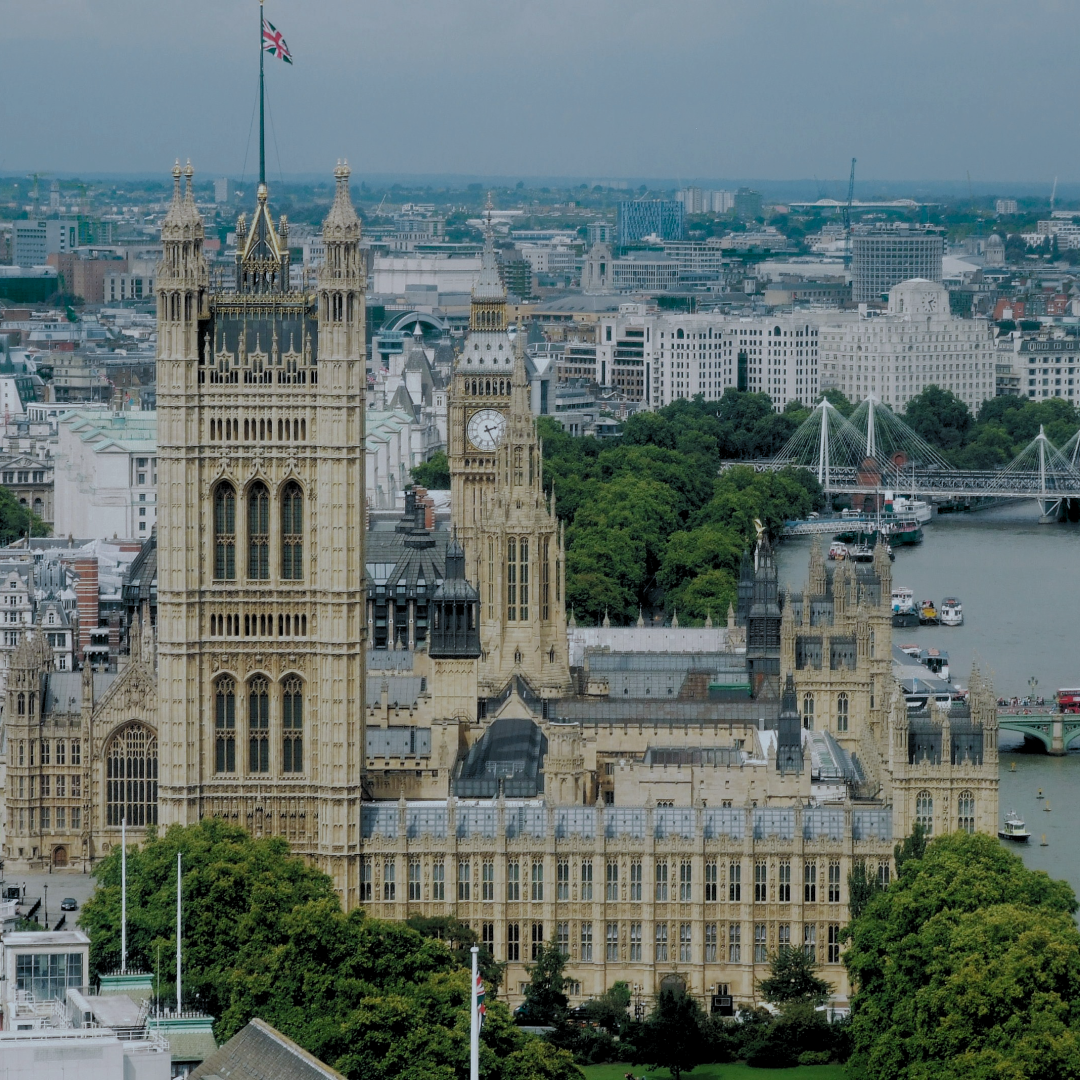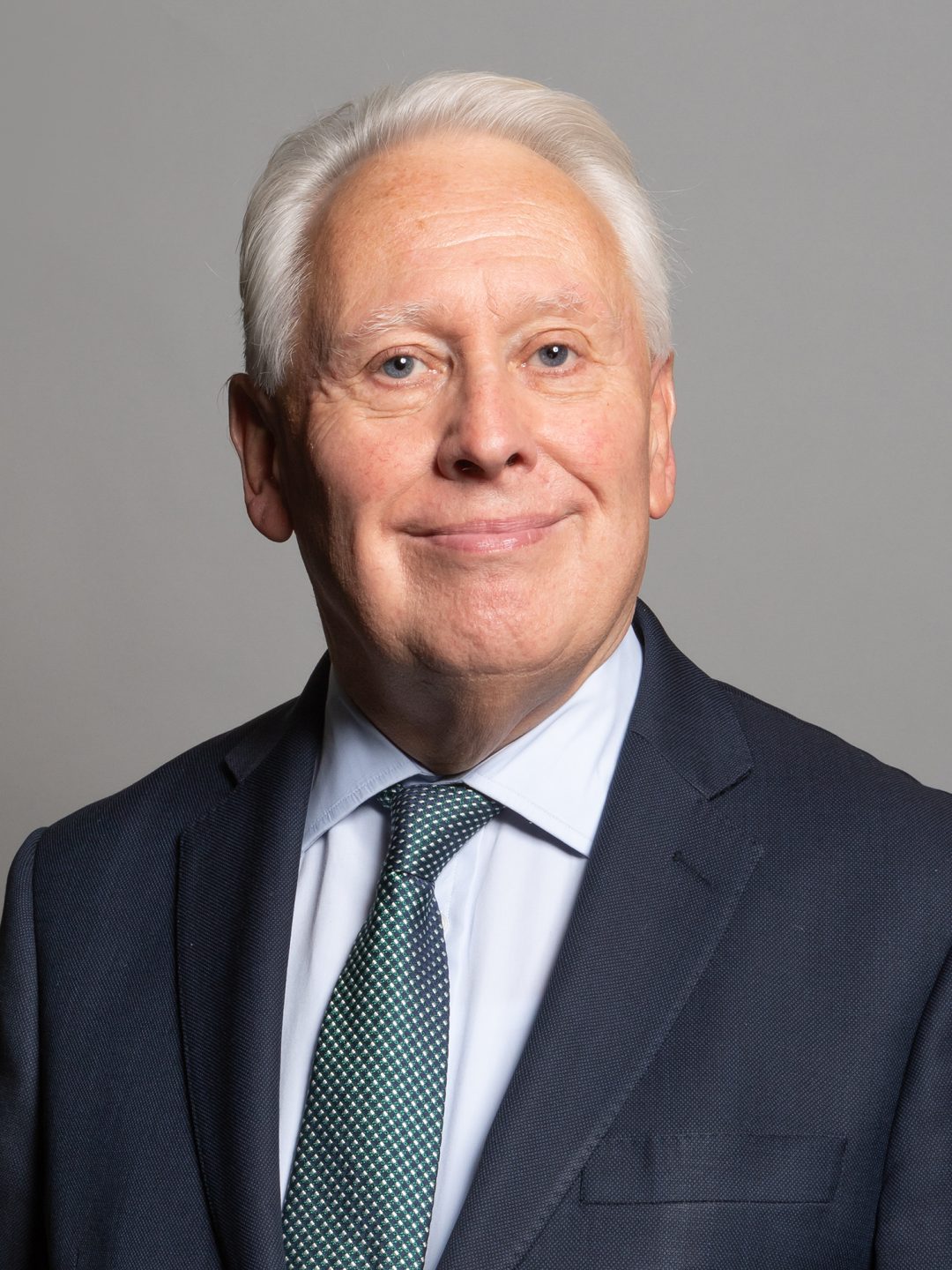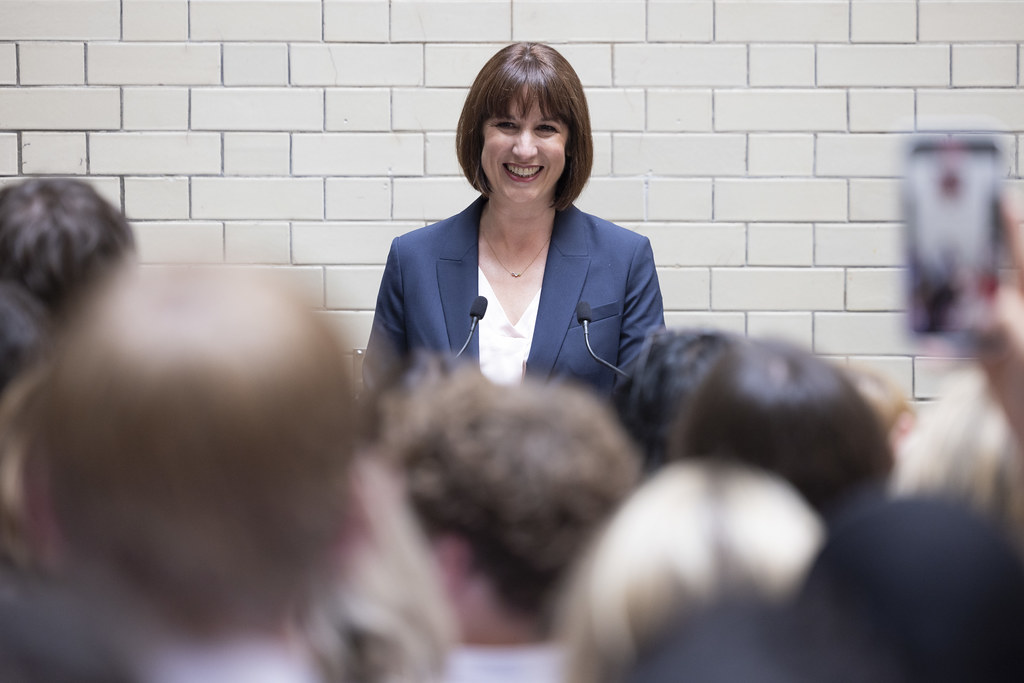Time for a new look for local government in London?
In 1963 the Local Government Act was the culmination of a Royal Commission into the future of local government for what was termed a ‘Greater London’. The Act abolished London and Middlesex County Councils in favour of an expanded London consisting of 32 new boroughs that took the capital city out beyond its Victorian boundaries and into the surrounding home counties, where urban development had already spread. 28 Metropolitan Boroughs, three County Boroughs and various districts and parishes that fell within the general Greater London area were also abolished as the wider conurbation was officially recognised. Additionally, the Act created the Greater London Council (GLC) and Inner London Education Authority (Ilea) to administer schools and colleges in the 12 Inner London Boroughs.
The background for the Royal Commission was that post war, the Boroughs surrounding London experienced significant population growth as people moved out of London itself into what was seen as the wider greater London area. The result was that some of those outlying Boroughs had bigger populations than the existing London Boroughs in the London County Council area. The Government established the Herbert Commission in 1957 under Sir Edwin Herbert to overhaul the administration of the capital and look at whether surrounding areas should be brought in.
When it arrived in 1960, the Herbert report recommended 52 London Boroughs with populations of 100,000-250,000, including areas like Banstead, Epsom, Caterham and Warlingham in Surrey, Cheshunt in Hertfordshire and Chigwell in Essex – all of which were eventually removed when the legislation was brought forward in 1963.
More than 50 years later is it time for a review of London Borough boundaries, both internal and external? During the passage of the Local Government Bill, Sir Keith Joseph as Housing and Local Government Minister said in the House of Commons that it would be ludicrous to reorganise metropolitan government for the next half century without including the whole of the metropolitan area. That half century has been and gone, and since the Act was implemented in 1965 the built-up area around London has expanded significantly, pushing out into surrounding counties – just as it changed in the previous 76 years under LCC’s existence.
Structurally, the M25 has also since been built thereby creating an effective ring road barrier around London that includes areas not actually in London. Using this as a guide would limit the size of London by a (albeit man-made) natural boundary that could define the extent of London once-and-for-all. Or are the current boundaries sufficient given how hard some areas fought against inclusion in London in 1963?
Internally for London, when he was Mayor, Ken Livingstone looked at whether London should be five super boroughs in the same way as New York. Five Boroughs would probably be a reduction too far because of the size they would become, there is an argument for example to say that a Borough the size of Bromley, for instance, contains quite disparate areas that don’t necessarily naturally fit together. The more inner London feeling Crystal Palace and Penge areas are very different in nature compared to the villages of Downe and Cudham that still, to this day, are beyond the urban sprawl and more like rural Kent than Greater London.
So, should London Boroughs remain settled in aspic forever or is it time for a modern review to better align their government with how the Capital has evolved? After all, the Electoral Commission review ward boundaries every 20 years or so to make sure they reflect local community affiliations and populations, so why not the Boroughs themselves? It would seem sensible that creating Boroughs to reflect the modern 21st century communities of the Capital should simply be the next evolution of the past developments, allowing for more naturally cohesive Boroughs than the boundaries imposed in the 1960s.
There seems therefore, to be a very good argument for the Government now reviewing the local government arrangement for London and to decide to revise the existing boroughs and, even more controversially, to expand London out to the M25 where the eight lane highway can act as a permanent ring road barrier against further expansion. The M25 creates that permanent barrier where much of the land inside the M25, but outside of Greater London, is already developed and part of what Sir Keith Joseph described as the metropolitan area. Yes there is still open countryside in that hinterland between current London and motorway, but that already has Green Belt protection and could be given greater protection in any new London Local Government Act to ensure only in the most special of special circumstance could developments be approved.
London government dating back to the early municipal heath boards
has always been about evolution, so if country villages could be included in 1965 as part of the wider metropolitan area, surely it would now be appropriate to include areas within the London conurbation where development has been continuous, and which feel more like the suburbs than the shires. Would it not be sensible therefore to use the natural boundary of the M25 to bring in significant towns adjacent to London like Epsom, Caterham, Dartford, Loughton or Watford? The M25 already meets London at Heathrow, Enfield and Havering so it should make more sense (and consistency) to create a capital city that reflects what many in the rest of the country already assume – i.e. London is effectively those places inside the M25.
Alternatively, and this is where the debate is interesting, the counter argument is that those towns and districts act as a suburban buffer for the countryside from London. Having undertaken schemes in areas of Surrey close to the London boundary, we know that the public values not just the green belt (which would remain and is also within London as well) but also the dividing space between themselves and the Capital city metropolis. Expanding the capital might also mean that the green space inside the motorway eventually comes under greater pressure to be developed, thereby ruining that which makes it special for places like Downe and Cudham in the first place.
Either way, there might well need to be a review of London’s local government arrangements in the next few years, if only for the sake of funding and service provision arrangements. This is already happening across the country in places like Dorset and Northamptonshire where District and County Councils are merging to form new Unitary Councils. Such a review would have to include radical options to bring London local government back into line with its communities, so why not also adapt Regional and Borough boundaries for the benefit of their communities too?








